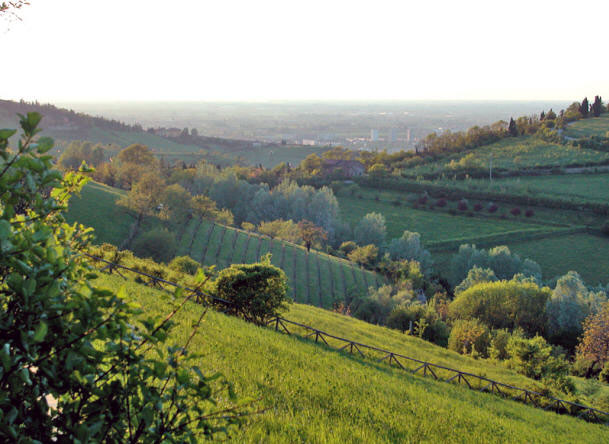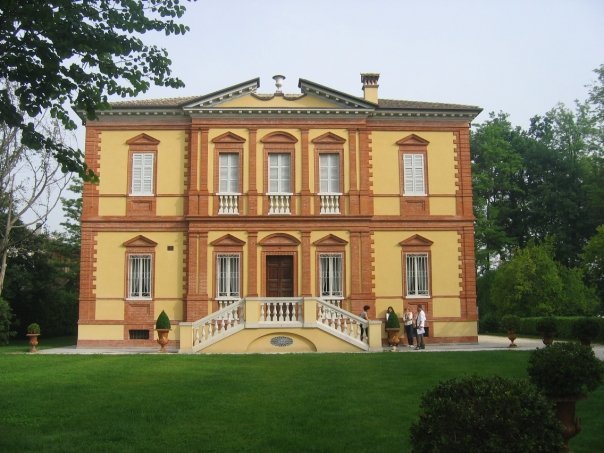
Parco di Villa Ghigi
This post is also available in:
 Italiano (Italian)
Italiano (Italian)
Villa Ghigi is located in the first hills of Bologna, in the outskirts of Porta San Mamolo. It is surrounded by a park of about 28 hectares, which was opened to the public in 1975 after being given to the municipality after the death of its last owner, Alessandro Ghigi. Since 2004 it has been managed by Fondazione Villa Ghigi, whose main occupation is preserving the park, reactivating and enriching the flora, and organising meeting with the citizenry and children.
The plants
The park is characterised by a huge variety of natural and semi-natural environments, typical of the bolognese hills, with either ornamental-aesthetic function or a connection to the world of agriculture. There are parts of natural forests, mature reforestations of native broadleaved, wide meadows, hedges and bushes with many spontaneous plants typical of the flora of the hills such as primroses, violets, hellebores, orchids, anemones, narcissuses, lungworts and Tulipa sylvestris.
Along the paths grow many centuries old downy oaks (Quercus pubescens). There are also many fruit trees, which testify the rustic past of the area. The so called “cavedagne”, which are gravel roads to access the fields, are flanked by rows of pear trees, hawthorns, almond trees and figs belonging to the ancient cultivar of Bolognese, to testify the rural traditions of the area, from fruit trees of recent implantation. In addition, there are some specimens of yews, a centuries old Cedrus deodara, cedars, Calocedrus decurren and photinias, to represent the typical ornamental elements of the parks of suburban villas.
In 2010, in the vicinities of the colonial building Palazzino, location of Fondazione Villa Ghigi, Frutteto del Palazzino has been opened, a collection of young plants from some of the most ancient varieties of Emilia Romagna, in order to preserve germ plasm.
It counts about thirty fruit plants, settled in homogeneous groups: the olive trees, the pear trees, the apple trees, Drupacee and minor fruits (such as pomegranates, plums, figs), and vines
List of the varieties : Rigetta delle Balze-, Sunaia-, Giugno-, di Monterosso-, Palazzo d’Affrico-, di Para Apple tree. Gnocco di Cà Casini-, Rusat-, Cavione-, Spinoso-, di San Paolo-, Ravagnano pear tree. Biricoccole, plum tree di Purocielo, apricot Tonda di Tossignano, plum tree Bianca di Milano. Caveccia-, Uva Morta-, di Imola-, Lugliatica-, di Forlì-, di Bologna-, Buonarossa-, del Fantini-, di Roteglia vine. Costa Ferrari-, di Viazzano-, di Diolo-, di San Michele III-, di Pomaro-, di San Chierlo-, di Case Gramonti olive tree. Verde di Russi-, Grossa di Faenza pomegranate tree, fig di Predappio, quince Antico di Faenza, fig di Badia Cavana.
This post is also available in:
 Italiano (Italian)
Italiano (Italian)
Contatti
Via San Mamolo, 105 - Bologna(BO)
051 3399084
info@fondazionevillaghigi.it
http://www.fondazionevillaghigi.it
Altre info
Ingresso gratuito
Tutto l'anno
8.00-20.00



